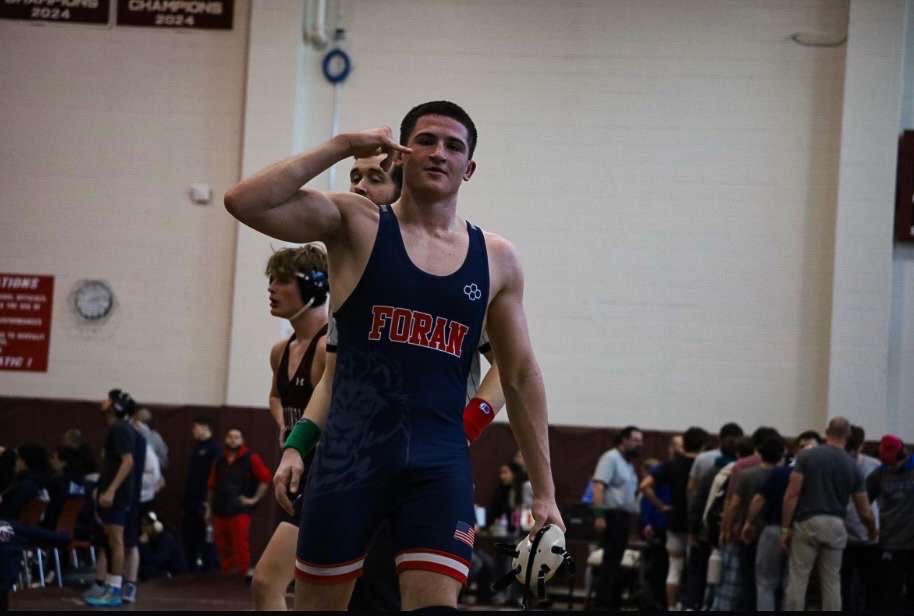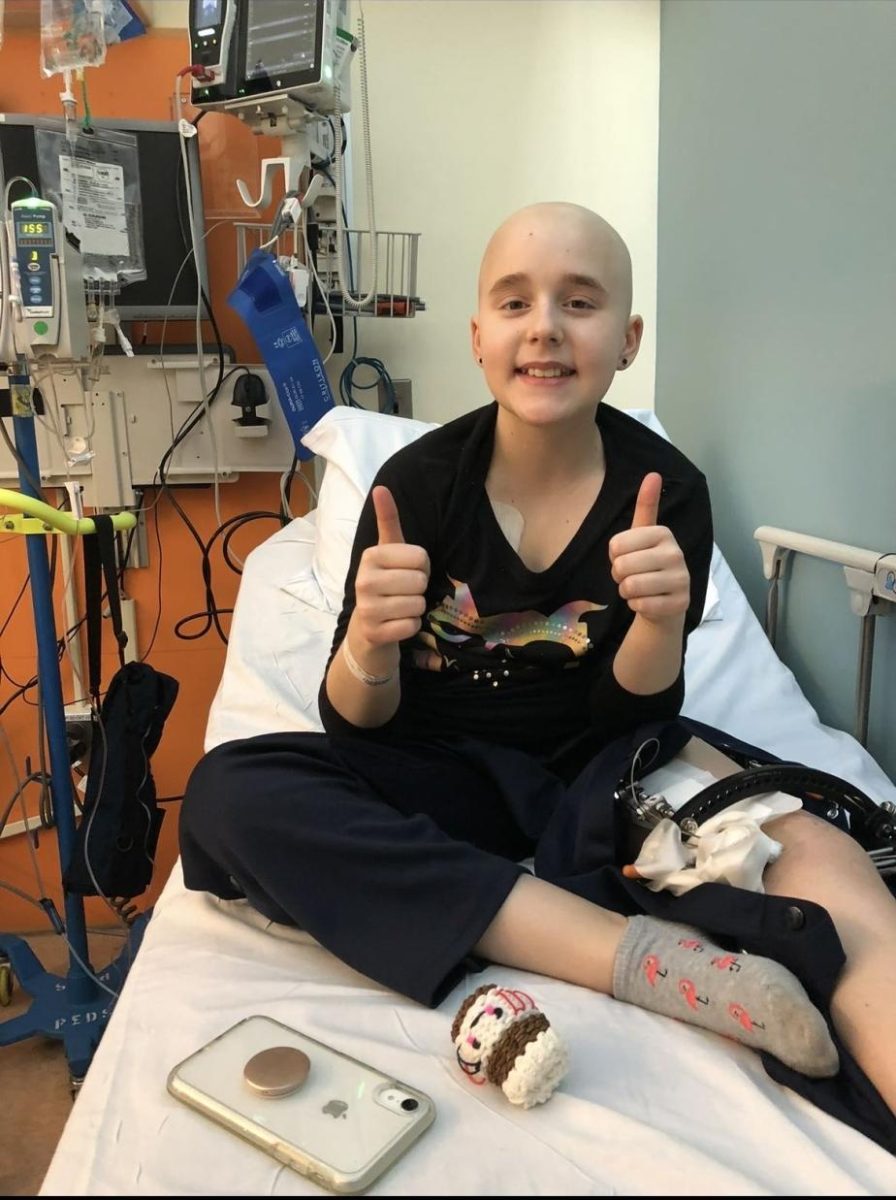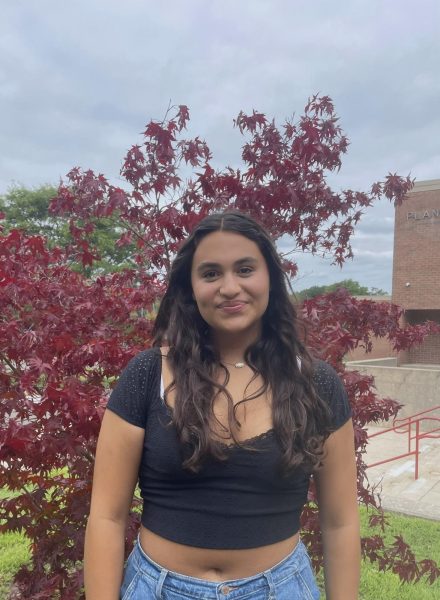One unique aspect of Foran High School is the child learning center. The learning center was originally a twice a week program similar to Jonathan Law. However, this was changed when Foran was given a federal grant by the state which allowed the school to provide a fully operational preschool about 33 years ago.
According to an article from Gale titled Early Childhood Education, written by education expert Janet S. Hansen, preschool education was also increasingly seen as a factor helping families balance child-rearing and work responsibilities. Most women are in the labor force; 60 percent of women were working in 2000, according to the Gale database.
The Foran Child Learning Center is a half-day preschool program for children ages three and four and they must be Milford residents.
Children will participate in daily standards-based learning experiences focused on intentional play, executive functioning, citizenship, personal development, and creativity/innovation.
The center acts as a laboratory classroom which provides high school students with the opportunity to demonstrate their learning.
Students start with Human Growth and Development and work their way up to Managing the Learning Environment. Each class observes and applies hands-on learning with the kids.
Rachel Pangu, director of the Foran Child Learning Center, who teaches the child learning center classes, explains the importance of the center by stating, “For the high school students it provides an opportunity for students to observe, guide, plan and teach in an authentic environment.”
Senior Ella Kuhar has been in different classes throughout high school and is certainly familiar with the center and its purpose.
She explains her routine by stating, “We walk in and wash our hands, then we observe and join in on their activities, and lastly we plan our lessons or we present them if it is our day to show them.”
Though this center may appear as a daycare, there is more than meets the eye. The teachers and students follow CT Early Childhood Development Standards to plan lessons and fully prepare students for kindergarten. The teachers in the center ensure that they provide updates to the parents of the students on their development to keep them in the loop.
Pangu adds,“The standards are a major focus in the high school classroom as students start to identify evidence of development and design meaningful learning experiences.”
One of the teachers in the learning center, Sarah Luce, described a day in the life of the learning center.
Luce states, “Before the kids get here, we set up the space for the day, wipe down tables, [look over] lesson plans and set up materials for activities.”
Once the kids arrive, they do a choice activity to acclimate them to the classroom and with their peers. This is followed by a circle time where they learn things like the weather, Spanish words and the daily calendar.
After this, students read, have snacks, and then do activities like art, music, and outside time. Finally, they end the day with “yoga story,” as the kids like to call it, which is group yoga, followed by story time. They finish the day with lunch.
Luce emphasizes the importance of her role by stating, “My favorite part is being able to be a positive role model for high school students. In a lot of the schools I’ve been in, there can be negativity and hard times. It is important for these students to see a positive way for teachers to interact with students in general.”
Ultimately, the center is meant to support the high school student. It provides them with real world experience in the field of education and working with students, yet also an enriching experience for preschool students.
Luce summarizes that the center provides students with life skills that are bigger than just high school.
She states, “The way we interact with the kids will also help them for when they become parents, even if this isn’t their career path because ultimately the more tools in your toolbox the better.”










